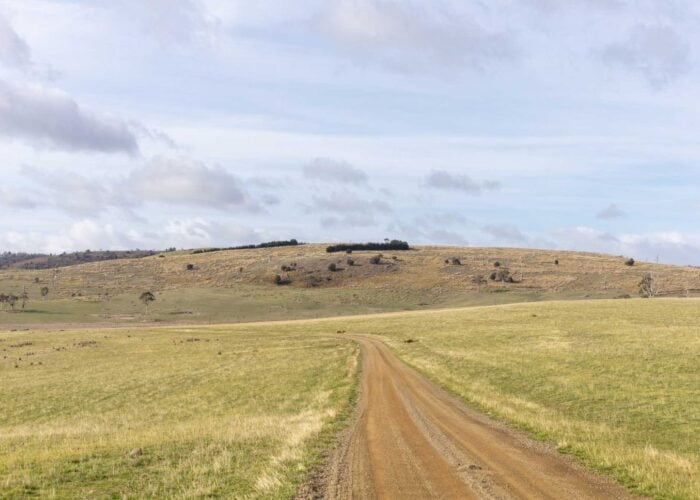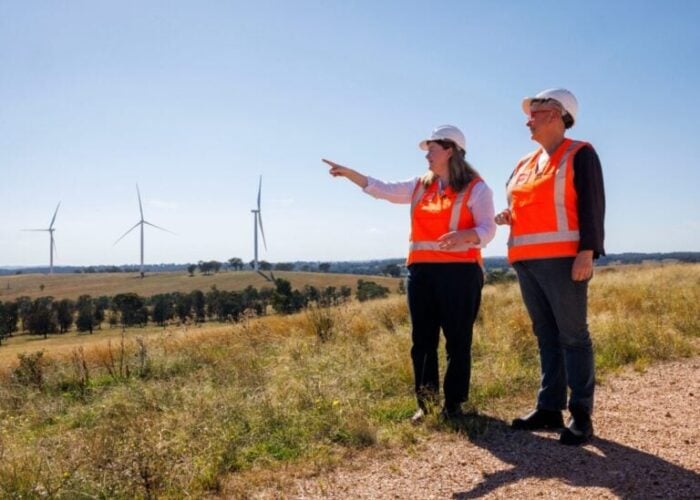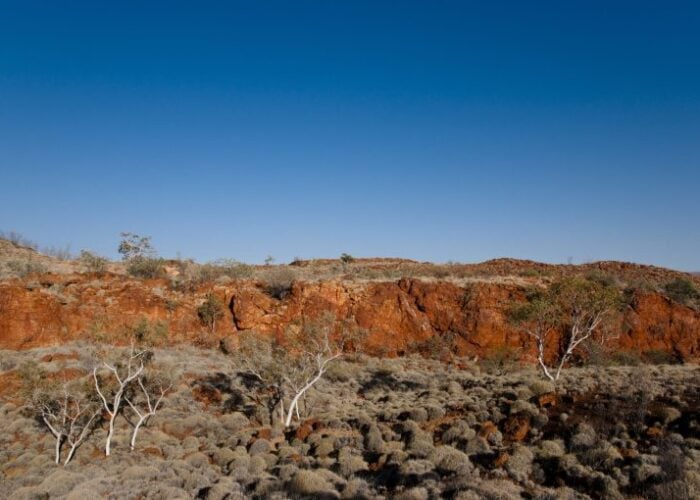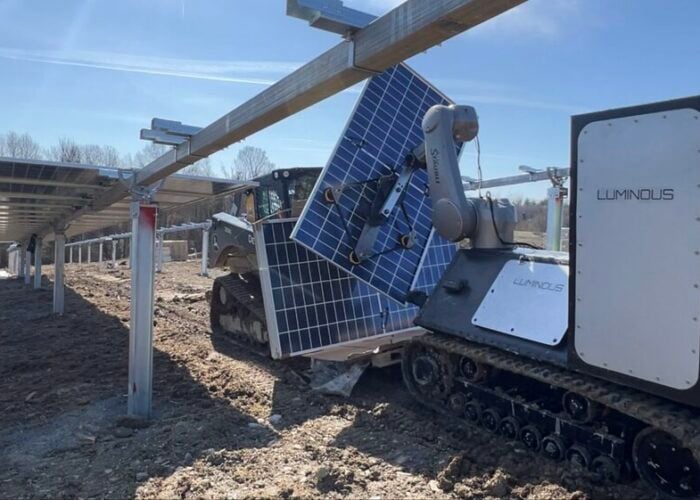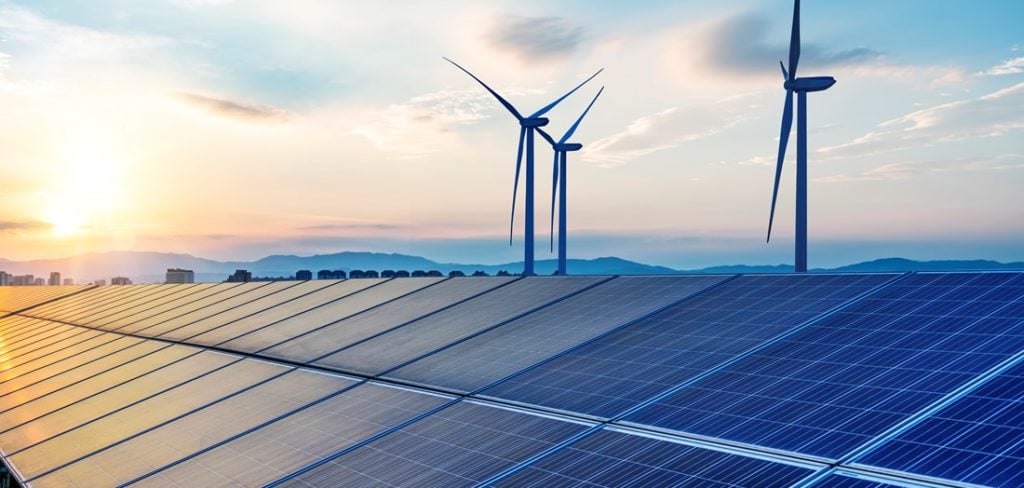
Mining major Rio Tinto and Aboriginal energy partnership the Yindjibarndi Energy Corporation (YEC) have signed a memorandum of understanding (MOU) to pursue the development of solar and wind projects in the Pilbara region of Western Australia.
The total capacity of the potential projects under the MOU was not clarified, though Rio Tinto said in its press release that around 600-700MW of renewables generation would be required to “displace the majority of gas use” from its four operational Pilbara gas power stations, and it was currently assessing the development of around 300MW of solar projects.
Unlock unlimited access for 12 whole months of distinctive global analysis
Photovoltaics International is now included.
- Regular insight and analysis of the industry’s biggest developments
- In-depth interviews with the industry’s leading figures
- Unlimited digital access to the PV Tech Power journal catalogue
- Unlimited digital access to the Photovoltaics International journal catalogue
- Access to more than 1,000 technical papers
- Discounts on Solar Media’s portfolio of events, in-person and virtual
It added that the MOU will relate to some of the projects in the YEC’s Stage 1 plans for 750MW of combined solar, wind and battery storage projects.
Established in June this year, the YEC is the fruit of a partnership between the Yindjibarndi Aboriginal Corporation (YAC) and Philippines-headquartered renewables developer ACEN and looks to develop renewables projects that are equitable and profitable for the traditional land occupiers in the Pilbara.
Rio Tinto Iron Ore chief executive, Simon Trott, said: “We are focused on repowering our Pilbara operations with renewable energy through the end of this decade and beyond by replacing gas and diesel with clean energy alternatives.
“The Pilbara is blessed with abundant year-round sunshine and strong winds at night, making it one of the most attractive places in the world to harness solar and wind power for energy generation. We’re excited to be deepening our partnership with the Yindjibarndi People through this agreement and look forward to working closely with them.
“We recognise we have a large carbon footprint in the Pilbara and are exploring a number of innovative solutions to help address this, including future collaborations with other Traditional Owner groups in the region.”
Earlier this year, Rio Tinto’s iron ore mining operations caused damage to an ancient rock shelter in the Pilbara, according to Australian media reports. This follows the destruction of a 46,000 year-old heritage site in 2020.
YAC chief executive, Michael Woodley, said: “Yindjibarndi Ngurra is ideally suited to developing renewable energy generation and our people are encouraged by Rio Tinto’s interest in building this capacity with us.
“This will strengthen our existing partnership and provide long term benefits for our community, while also ensuring that we can protect and preserve the areas of cultural, spiritual and environmental significance within our Ngurra.”
The question of equitable partnerships with Aboriginal communities is a pertinent one. Earlier this month PV Tech Premium spoke with the YEC as part of a feature on the relationships between renewables developers and Aboriginal and First Nations communities in Australia, who emphasised the need for equitable and financial shareholder status in projects rather than merely “social license” stakeholder status.
Another First Nations organisation, the Aboriginal Clean Energy (ACE) Partnership, was established earlier this year to develop a 900MW solar-power green hydrogen export hub in Western Australia.
Rio Tinto noted that it has held a Participation Agreement and Indigenous Land Use Agreement with YAC since 2013.


